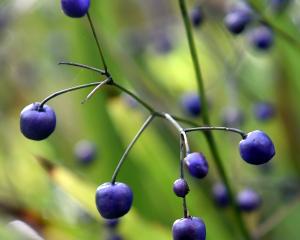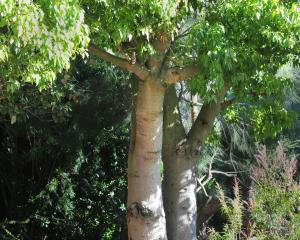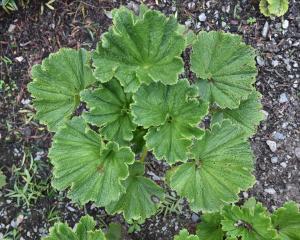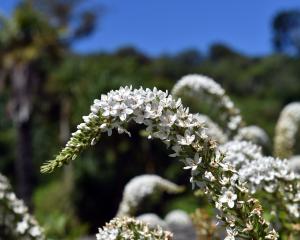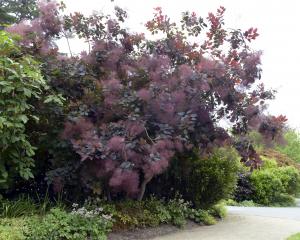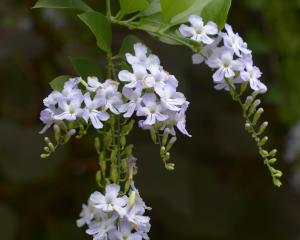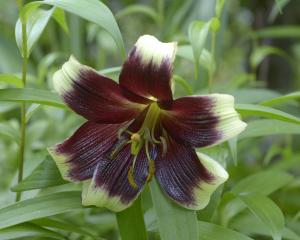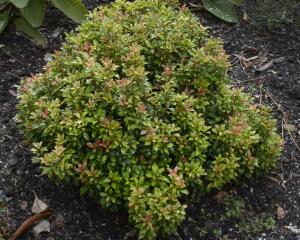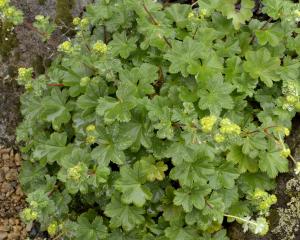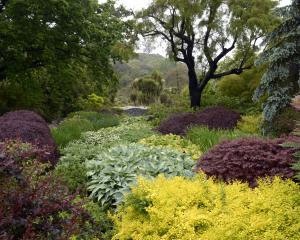It is now considered to be vulnerable and very rare, one incentive to grow this tree. There are four other excellent reasons.
Each year the cinnamon-coloured papery bark flakes off, leaving a smooth, lighter-coloured trunk and branches.
This provides a stunning skeleton on which to hang the other three features.
Reminiscent of a Pieris, the white or greenish bell-shaped flowers are tinged with pink tones and held in drooping panicles. Blooming occurs in autumn through to early winter along with the ripening berries.
These are a striking tangerine orange, and shaped like a slightly squashed sphere, with a knobbly surface. While they are edible, their palatability is debatable.
The last feature remains on the tree throughout the year. The leaves are shiny and quite leathery, contrasting with the softer, red-tinged shoots.
It is well worth a trip in any season to see these trees on show in the lower garden and rock garden at the Dunedin Botanic Garden.
• Robyn Freeth is the rock, alpine and water collection curator at Dunedin Botanic Garden.

